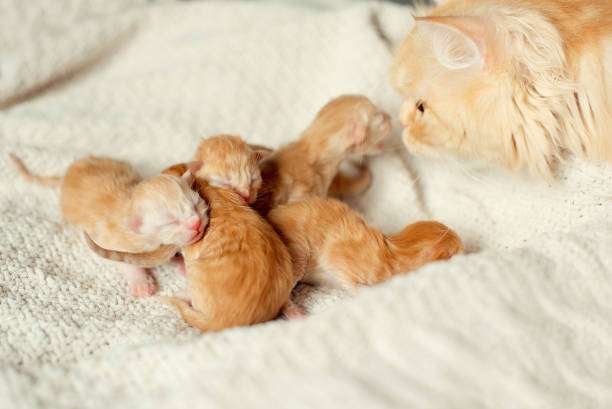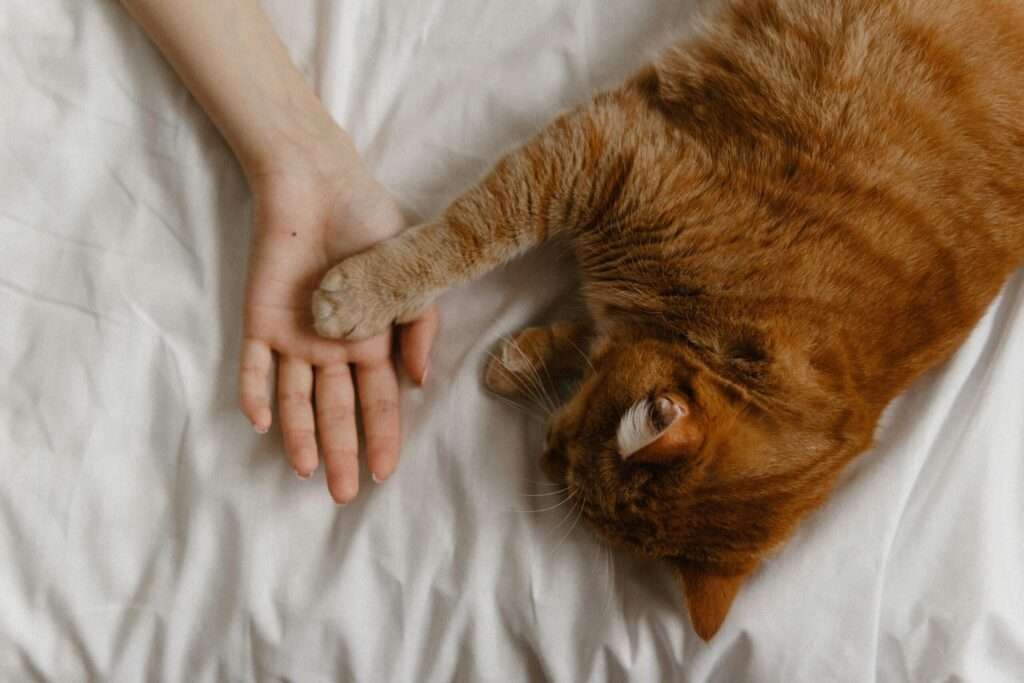Owning a cat is very fun, but it also comes with responsibilities. To be a good cat owner, you need to understand your cat’s needs, grooming, training, and rehabbing their behavior. Irresponsible owners often miss out on the affection and attention of their cats. Neglecting proper care and training can lead to disobedient and destructive behavior in cats. Inconsistent training can also result in health problems and obesity. By providing consistent care and attention, you’ll build a stronger bond with your cat and ensure they stay happy and healthy.

Table of Contents
Toggle1. Building a safe and comfortable home
The first step to being a good cat owner is to create a safe and comfortable home for your cat. Cats are curious creatures, and they can easily get into trouble if their environment is not safe. Here are some ways to ensure your cat’s safety:
Keep dangerous items out of reach
Cats are attracted to small objects and may swallow them, which can cause choking or other health problems. Be sure to keep small items like rubber bands and paper clips out of their reach.

Avoid poisonous plants
Some houseplants, such as lilies, poinsettias and philodendrons, are poisonous to cats. These plants can cause serious health problems, including kidney failure. Always research the safety of a plant before bringing it into your home.
Secure windows and doors
Cats love to explore, but it’s important to keep windows and doors closed or securely screened to prevent them from escaping or falling out.
2. Understanding your cat’s needs
Cats have specific needs that are different from other pets like dogs. Meeting these needs is vital to their health and happiness:

Provide clean water
Cats are often not very thirsty and cannot drink enough on their own. To prevent dehydration, which can lead to kidney problems and urinary tract infections, consider using a cat water fountain. Cats are naturally attracted to running water, which mimics fresh sources in the wild.
Offer a balanced diet
A nutritious diet is fundamental to your cat’s health. Choose high-quality cat food that meets their dietary needs and avoid feeding them human food, as some ingredients such as onions and garlic are harmful to cats.
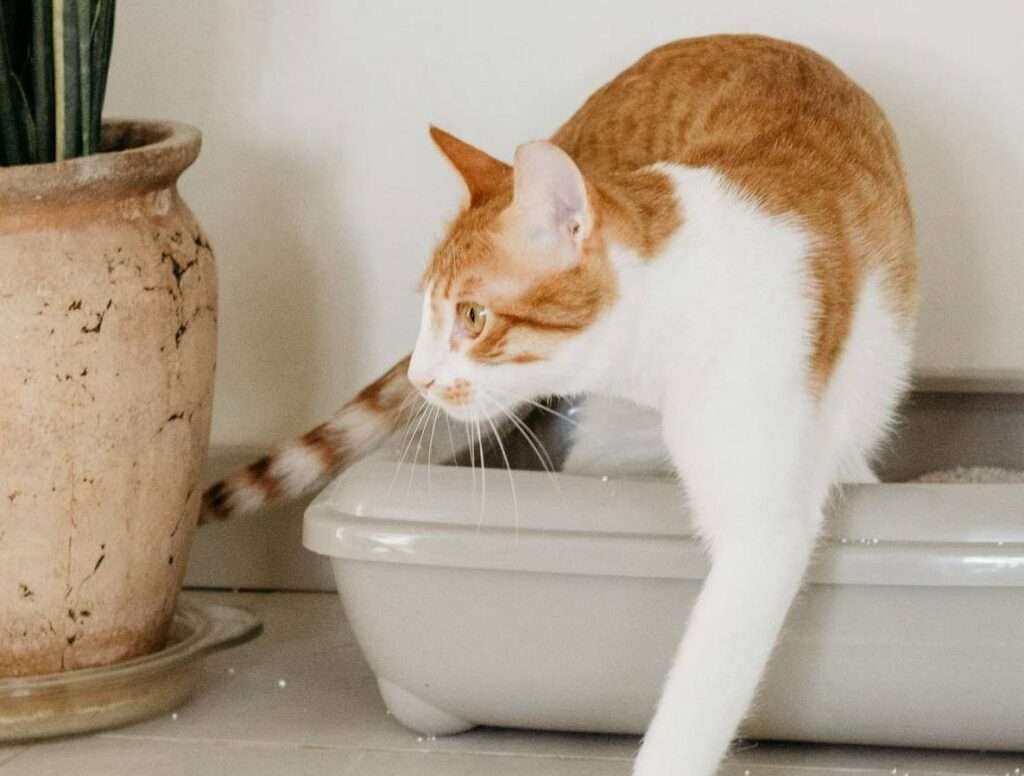
Keep the litter box clean
Cats can be quite particular about their litter boxes. A dirty litter box can lead to behavioral problems, including refusal to use it. Clean the box regularly and use unscented litter to ensure it remains attractive to your cat.
3. Avoid common mistakes
Even devoted cat owners can make mistakes that can harm their pets. Here are some pitfalls to avoid:
Avoid using essential oils
Although essential oils may be aromatic to us, they can be toxic to cats. Cats lack the enzymes needed to metabolize these oils, which can lead to serious health problems such as liver damage. Avoid essential oils such as tea tree, eucalyptus and citrus around your cat.
Do not Declaw your cat
Declawing involves removing the last bone of each foot, which is a painful process that can cause long-term physical and behavioral problems. Instead of decals, consider providing scratching posts and soft nail caps to protect your furniture.
Don’t neglect dental health
Dental care is often overlooked but is important for preventing serious health problems such as gum disease and damage to internal organs. Include dental care in your cat’s routine with dental treats, water additives, and brushing if possible.
4. Providing proper incentives
Cats are intelligent and active creatures that need mental and physical stimulation to stay healthy and happy. Lack of stimulation can lead to behavioral problems and even depression. Here’s how you can keep your cat engaged:
Interactive toys
Give your cat a variety of toys to entertain him. Toys that simulate hunting, such as feather sticks or laser pointers, are especially effective in stimulating your cat’s hunting instincts.
Climbing trees and scratching posts
Cats love to climb and scratch. A cat tree provides a place for them to climb, perch and scratch, which helps keep their claws healthy and satisfies their natural behavior.
Puzzle Feeder
Puzzle feeders are a great way to combine feeding time with mental stimulation. These feeders challenge your cat to work for their food, keeping their mind active and engaged.
Game time
Spend time playing with your cat every day. It not only provides physical exercise but also strengthens the bond between you and your cat. Be sure to end play sessions with a treat, so your cat doesn’t get frustrated chasing something they can’t catch.
5. Indoor vs. Outdoor Cats
One of the biggest decisions cat owners make is whether to keep their cats indoors or allow them outside. While letting your cat explore outside may seem normal, there are significant risks involved:
Short life span
Outdoor cats generally have a shorter lifespan than indoor cats. Outdoor cats face dangers such as traffic accidents, fights with other animals and exposure to disease. Indoor cats can live up to 15-20 years, while outdoor cats often only live 2-5 years.
Exposure to disease
Outdoor cats are at increased risk of contracting diseases such as Feline Leukemia Virus (FeLV) and Feline Immunodeficiency Virus (FIV). These diseases are often transmitted through bites and scratches from other animals.
Parasites and insects
Outdoor cats are more likely to pick up parasites like fleas, ticks, and worms. These parasites can cause various health problems for your cat and can also be a nuisance for your family.
To keep your cat safe and healthy, it’s best to keep them indoors. If you want to spend some time outside with your cat, consider using a leash and harness for supervised walks or providing a secure outdoor enclosure.
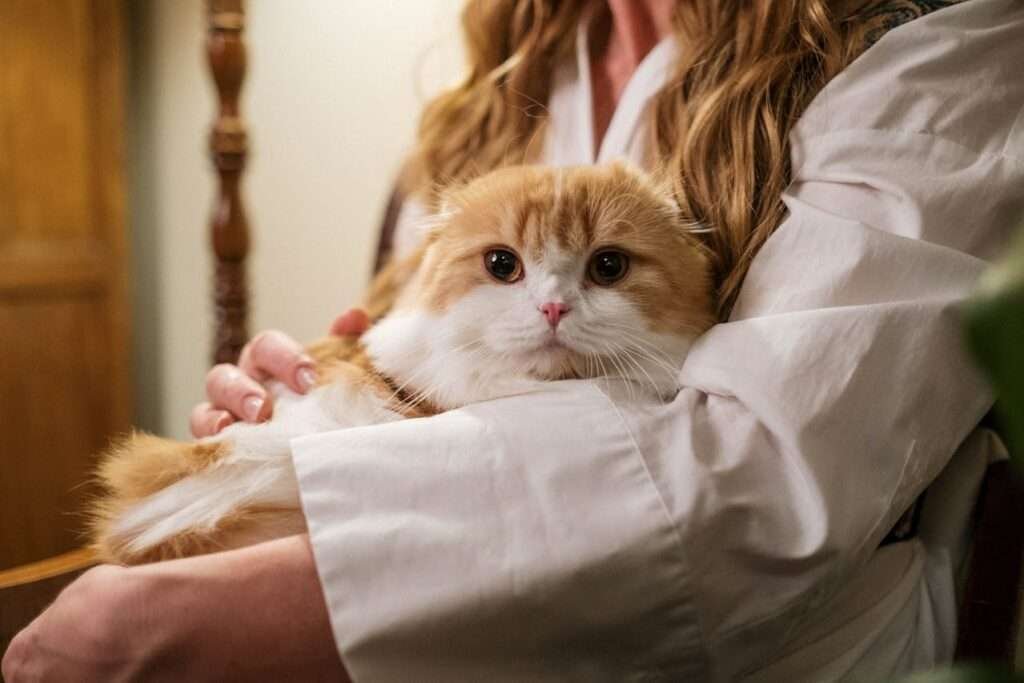
6. Routine veterinary care
Regular veterinary care is essential to maintaining your cat’s health. Here are some key aspects to consider:
Vaccination
Make sure your cat has the necessary vaccinations to protect against common feline diseases. Your veterinarian will guide you on the appropriate vaccination schedule for your cat.
Spaying or neutering
Spaying or neutering your cat not only prevents unwanted litters but also reduces the risk of certain health problems such as uterine infections and testicular cancer.
Routine check up
Regular check-ups with the vet help catch any potential health problems early. Your vet will also check your cat’s weight, teeth and overall condition during this visit.
Parasites and Insects
Outdoor cats are more prone to picking up parasites like fleas, ticks, and worms. These can cause health problems for your cat and may also affect your household.
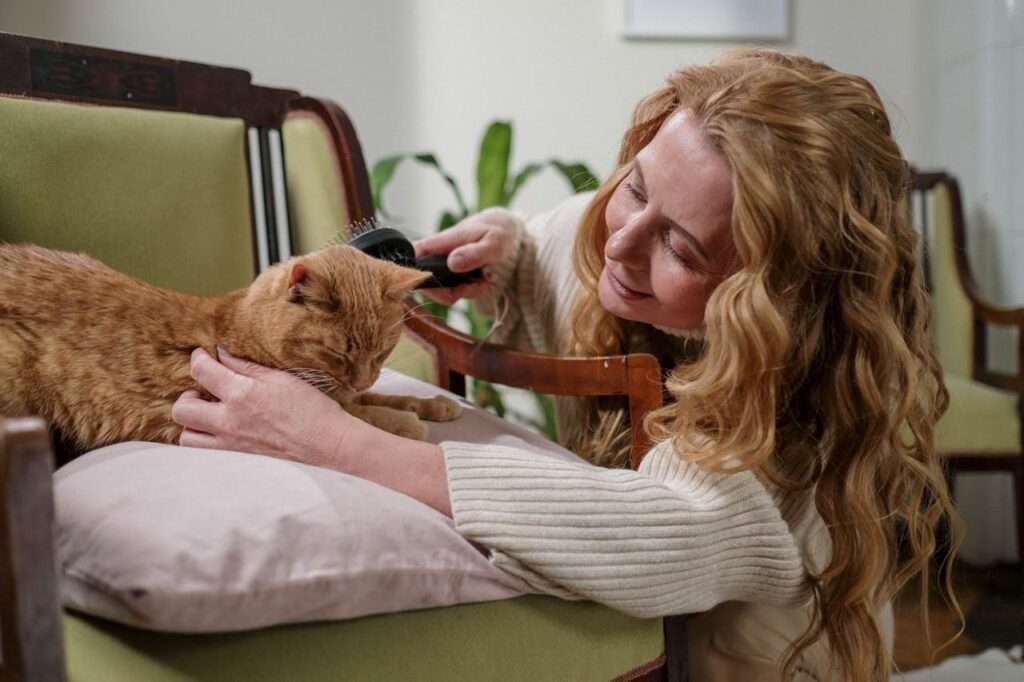
7. Build a strong bond with your cat
A strong bond with your cat is built on trust, love and understanding. Here are some ways to strengthen your relationship:
Respect their place
Cats are independent creatures and may need some alone time. Respect their need for space and don’t force them into situations that make them uncomfortable.
Positive reinforcement
Use positive reinforcement, such as treats and praise, to encourage good behavior. Avoid punishment, as it can damage your relationship with your cat and cause fear.
Understanding body language
Learn to read your cat’s body language. Cats communicate through their ears, tail and posture. Understanding these signals will help you respond appropriately to their needs and moods.
Quality Time
Spend quality time with your cat every day, whether it’s through play, grooming, or simply sitting together. This helps to build a strong emotional connection and lets your cat know they are loved.
Final Words
In this article, we’ve explored what it takes to be a good cat owner. We started by discussing how to create a safe and comfortable home for your cat, emphasizing the importance of removing dangerous items and avoiding toxic plants. We then covered understanding your cat’s unique needs, such as providing fresh water, a balanced diet, and a clean litter box.
Next, we highlighted some common mistakes to avoid, like using essential oils around cats, declawing, and neglecting dental health. We also talked about the importance of proper stimulation through interactive toys, scratching posts, and playtime to keep your cat mentally and physically healthy.
We discussed the indoor vs. outdoor debate, explaining why keeping your cat indoors is generally safer and healthier. Regular veterinary care, including vaccinations, spaying or neutering, and routine check-ups, was another key point we covered. Finally, we looked at how to build a strong bond with your cat by respecting their space, using positive reinforcement, and spending quality time together.
Becoming the best cat owner requires understanding, care, and love. By following these tips, you can ensure your cat lives a happy and healthy life. For more helpful articles and tips on cat care, be sure to visit our website and continue learning about how to provide the best for your feline friend.
10 frequently asked questions (FAQs) based on the article:
1. What should I do to make my home safe for my cat?
Keep dangerous items out of reach, avoid poisonous plants, and secure windows and doors.
2. How can I ensure my cat stays hydrated?
Provide fresh water and consider using a cat water fountain.
3. What kind of diet is best for my cat?
Offer high-quality cat food and avoid feeding them human food.
4. How often should I clean my cat’s litter box?
Clean the litter box regularly to prevent behavioral issues.
5. Are essential oils safe for cats?
No, essential oils can be toxic to cats and should be avoided.
6. Why is declawing not recommended?
Declawing is painful and can cause long-term physical and behavioral problems.
7. What are some good ways to keep my cat mentally stimulated?
Provide interactive toys, climbing trees, scratching posts, and puzzle feeders.
8. Is it better to keep my cat indoors or let them outside?
Keeping your cat indoors is generally safer and leads to a longer lifespan.
9. What should I include in my cat’s routine veterinary care?
Regular vaccinations, spaying or neutering, and routine check-ups.
10. How can I build a strong bond with my cat?
Spend quality time together, respect their space, and use positive reinforcement.


